It’s spring which means the spiders are back in full force.
I swear, I’ve gone from a baseline anxiety of 1 to a solid 4.5 since the start of April.
Two spiders a day, minimum. And yet… they keep climbing up that damn water spout.
You know the one—out comes the sun, dries up all the rain, and what does that persistent little freak do?
Back up the spout again.
No rest.
No hesitation.
Just sheer power.
That children’s rhyme has been living in my brain rent-free since I was like two—even with no TikTok, no SEO, and not a single brand deal. Just storytelling and vibes.
Which got me thinking... 🤔
Why do some things stick in our brains like peanut butter on a spoon, while others slide right off into the void?
Event scripts
Turns out, our brains use something called “event scripts” to make sense of the world. When we experience something like a dinner party, a work meeting, or a marriage proposal, we subconsciously select a mental script that helps us know what to expect... and what to remember.
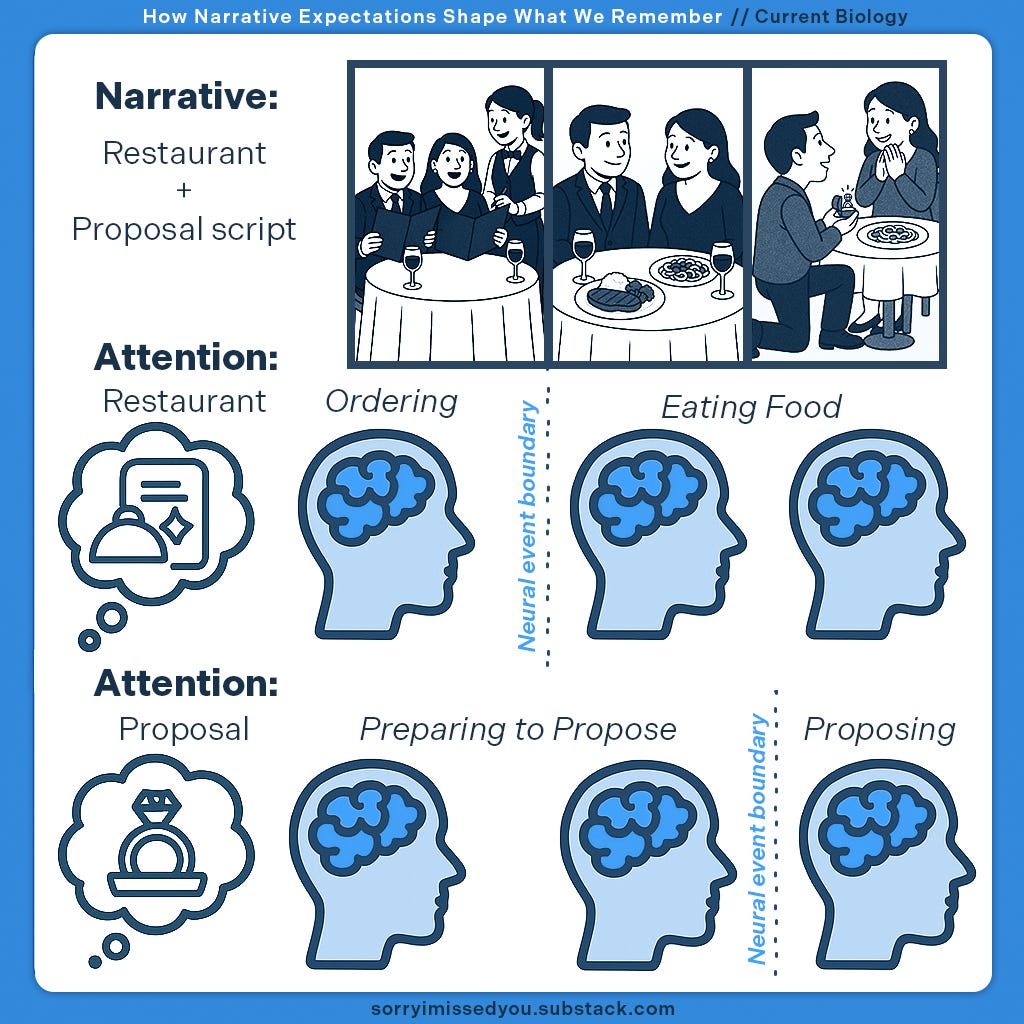
Our brains love a good story
According to a study in Current Biology, our brains rely on narrative scaffolding to organize memories. It’s like we’re walking around with a coloring book in our heads just waiting to fill in the colors.
Our memories aren’t just made from what happened, but how we expected it to happen.
Researchers tested this by watching how people’s brains responded while viewing an episode of Sherlock (yes, with Cumberbatch). They found that viewers’ brains lit up at major plot points and shifts even when they didn’t consciously notice them.
The brain was segmenting stories into beats, some emotional, some visual, some purely structural and piecing together a memory based on patterns, not just moments.
Here’s what I’m thinking:
Our audience is doing the same thing with our marketing.
So when Sherlock dramatically reveals a plot twist? Our brains light up like a Fourth of July sparkler🎆. Not because it’s new, but because it’s different from the script we were expecting.
Make it memorable, break the pattern
This is where things get fun for creative losers like us.
Whether we’re crafting a video, a webinar, a podcast, a blog post, or email, our audience is already running a script in their head:
“Here comes another boring PowerPoint.”
“This might be a waste of time.”
“I’ll just skim this later...”
It’s like comedy: people laugh when you break the expected pattern.
As a self diagnosed goofy goober I can be guilty of flying too close to the sun on this topic. I may or may not have pitched a script at work recently that interviews a tiny horse. But even as I was pitching it I was thinking to myself:
The audience would be WAY too busy admiring the majestic tiny stallion to remember a single thing I said.
So the team rightfully passed on the idea, but what was I saying again...?
Oh, yeah!
Same goes for storytelling, break the expected pattern but do so thoughtfully.
The goal isn’t to just be clever or likable—it’s to be clear and useful. Because breaking the script is powerful, but only when it still points the audience toward something they care about. When the focus shifts too far toward being funny or surprising just for the sake of it, you risk losing people.
Not because they don’t care. But because…
Attention is hard to earn and even harder to keep.
So yeah, we need to break the pattern but make sure we're doing it with intention, not just personality.
Instead of just dumping information on people, we need to write memorable scripts. Ones with scenes, surprises, and sticky takeaways. Make the beginning worth staying for. Make the ending worth sharing.
One of my favorite memory researchers said,
“Memory isn’t one thing. It’s a recipe.”
If I had to think of a recipe for writing memorable scripts it would be:
Memorable script checklist
1. Deliver an immediate takeaway.
Give them something they can use today, not “someday.”
Example: “I ran my script through The TILT Test—cut what was too long, kept what was interesting, and made the takeaway feel tangible. TILT = Too Long, Interesting, Light, Tangible. If it doesn’t pass all four, it’s not ready yet.”
Dan Harmon (creator of the shows Community and Rick & Morty) has a method for writing called the “story circle” that uses three quadrants that follow a character journey: leaving their comfort zone, facing trials, and returning changed. His team literally maps stories this way on whiteboards and you should do the same for your script, what will make your viewer return changed?
2. Break their script early.
Interrupt expectations in the first 30 seconds with humor, a twist, or direct value.
Example: “Before you minimize this tab give me 30 seconds I’ll help you write faster emails.”
3. Add a “you had to be there” moment.
Something delightful, weird, or oddly human that makes them want to stay.
Example: “I stayed for the ‘potato salad metaphor’, you’ll know it when you hear it.”
4. Define the 2–3 highlight moments.
What do we want them to remember or share with a colleague after it's over?
Example: “The unsubscribe spike during pumpkin spice season?! Wild.”
Megan Ganz, a writer on Community, said the best thing she ever learned was Harmon’s “spit draft” method. It’s like storyboarding with fake dialogue—just enough shape to see the structure without getting bogged down in perfect lines too early. Nail the key beats first. Polish later.
The truth is…
🧠 People remember what made them feel something.
📌 They remember what made sense to them.
💬 They remember what made them look smart when they shared it.
That’s the kind of brand stickiness we’re all chasing.
So whether we’re scripting a 2-minute video or a 60-minute event, we can’t just aim to inform, we need to be remembered.
Give people the moment they’ll screenshot. The quote they’ll repeat. The insight they’ll drop in their team Slack like a genius.
Make it worth the group chat.
The better our script, the better our odds of staying in their story. Every touchpoint is a chance to be remembered—we can’t waste it.
Other cool stuff
🎬 Watch my latest script in action — If you like variety shows, robots, wizards, or chaotic good energy, you’ll want to check out The State of Video Live Show! It’s the first Wistia project I’ve helped script, and honestly? It was a blast!! It felt like a crash course in how the magic actually happens at Wistia and I loved every second of it. The response we got from the crowd speaks for itself, totally made my week and made all the hard work the team put into this production, worth it.
🤖 Using AI to make video ads — Remember that cool ad I sent you a little while back? The one with the catchy song and the glossy 80s visuals? When you asked me how the team made the ad with AI it inspired me to write my first post for Wisita’s blog “Our First AI Video Ad: How We Made It and What We Learned” give it a read and let me know what you think!




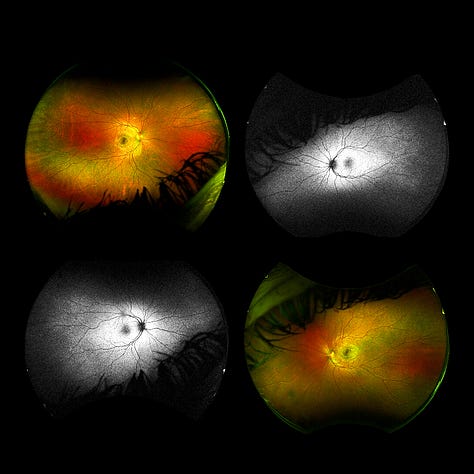
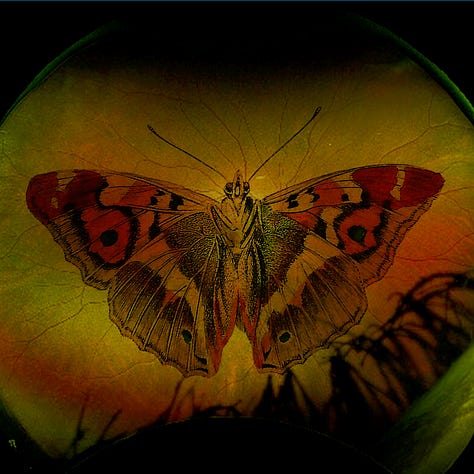


👁️ Eyeball art — I went to the eye doctor recently and things got weirdly futuristic. One test had me wearing a full-on VR headset, and instead of dilating my eyes they used this fancy camera to snap high-res photos of my retinas. Obviously, I asked for copies so I could turn them into a collage. Behold: my inner eyeball, now outer art.
🌞 Suns out, skates on — These warm spring days do have an upside against all of these spiders. It’s felt so nice to be back on skates in the sunshine, admiring all the plants in bloom.
Speaking of spiders again I should probably go deal with the one Noodle just spotted on the windowsill.
If you don’t hear from me again, assume I’ve been bitten, have superpowers, and thus have moved on from marketing to perform my heroic duties.
Okay byeeee!


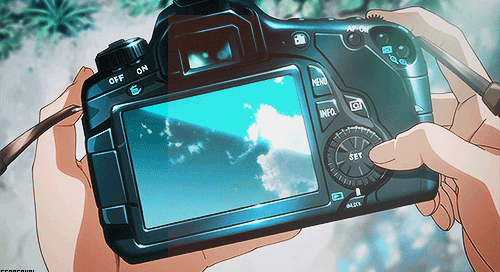




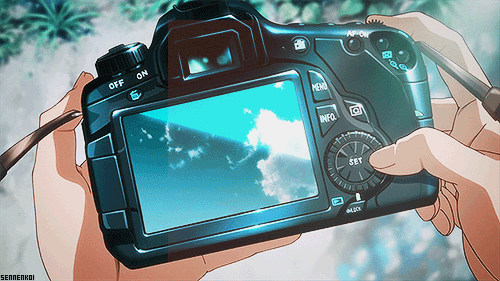








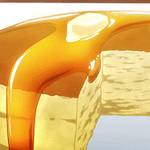
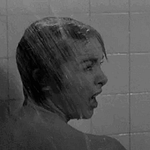

Share this post